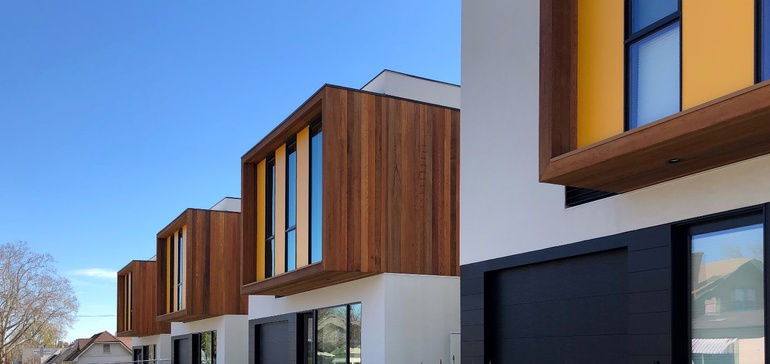President Biden journeyed to Pittsburgh, Pennsylvania, a city synonymous with the industrial age, to announce a $2 trillion infrastructure plan aimed at accelerating progress toward a climate-friendly 21st century economy. The president argued that the American Jobs Plan provides the investments needed to simultaneously boost employment, upgrade the nation’s infrastructure, and tackle climate change. Among the plan’s wide-ranging proposals, the president proposed investing $213 billion to build, retrofit, and preserve two million “affordable and sustainable places to live” by 2030, including $40 billion specifically to retrofit existing public housing.
The Biden administration’s approach combines efforts to address climate change with the need to expand access to affordable and sustainable housing. At the most basic level, any realistic effort to reduce greenhouse gas emissions has to pay close attention to the buildings, which accounts for 28% of U.S. emissions when accounting for indirect emissions from power generation. A report by the American Council for an Energy-Efficient Economy (ACEEE) found that the percentage of household income devoted to paying electric, gas, and heating fuel bills – also known as a household’s energy burden – is more than double for low-income households compared to all households in 48 U.S. cities. Efficient electrification can lower that burden. The E3 study found that customers could save […]
Click here to view original web page at www.smartcitiesdive.com
Photo : courtesy of SMUD and Builder Indie Capital LLC

